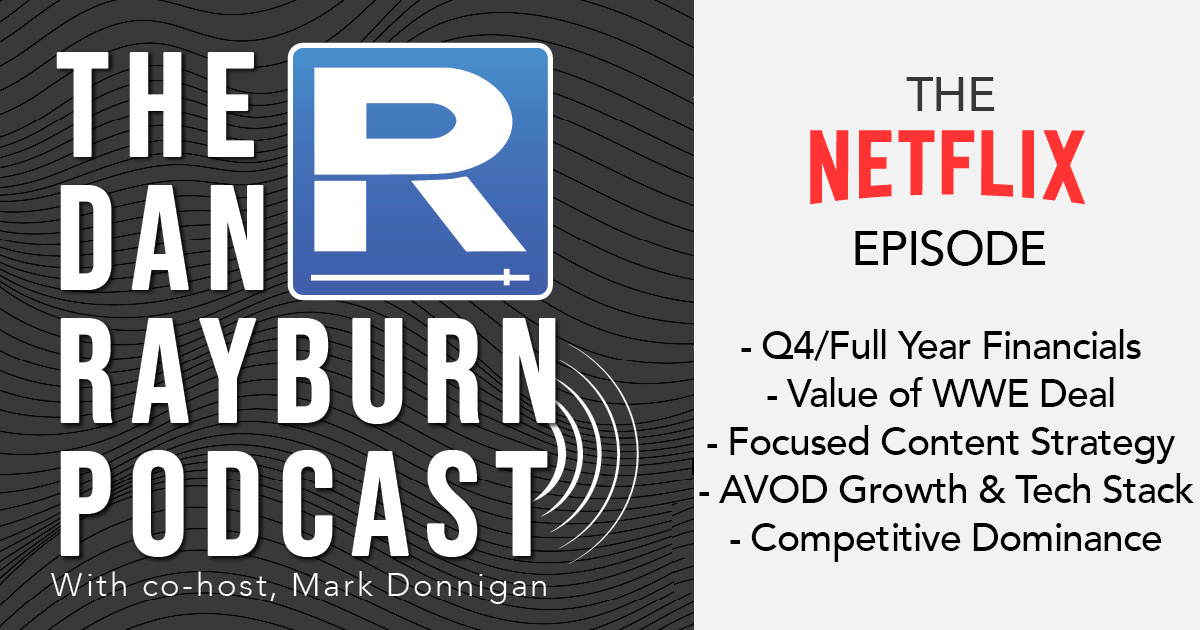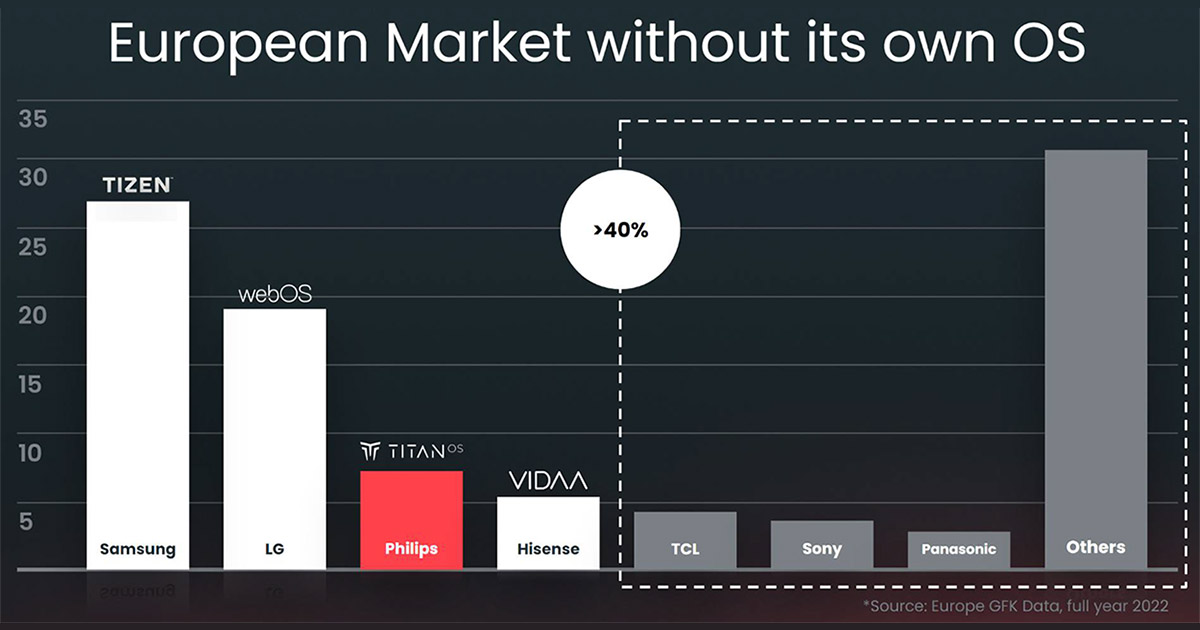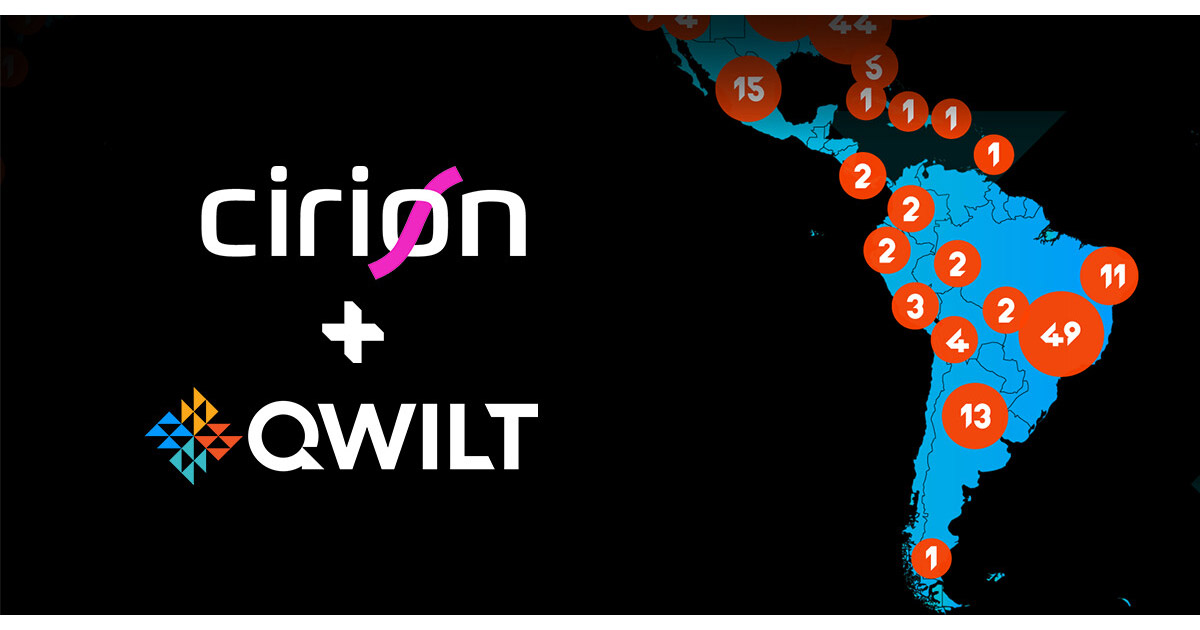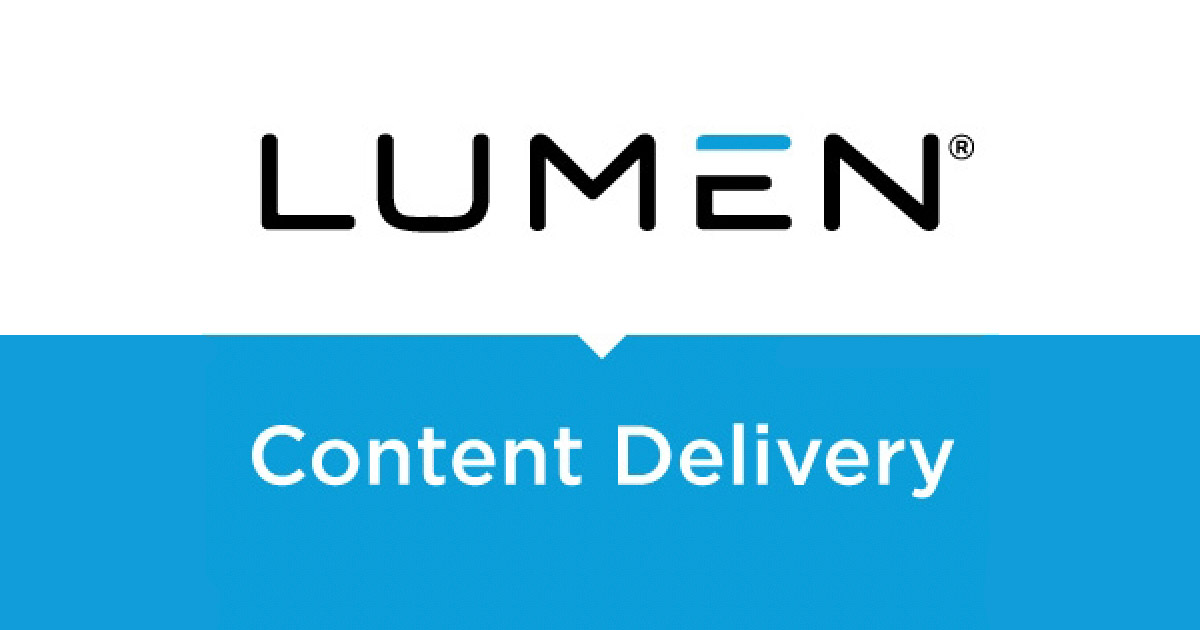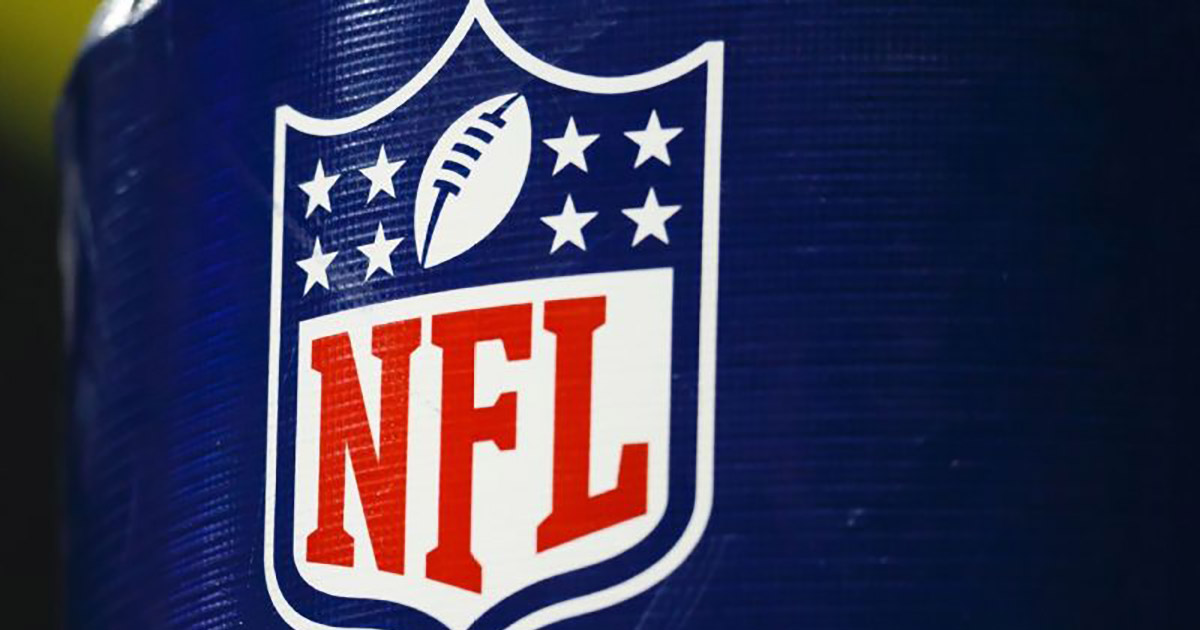ESPN, Fox, and Warner Bros. Discovery to Launch Joint Sports Streaming Service
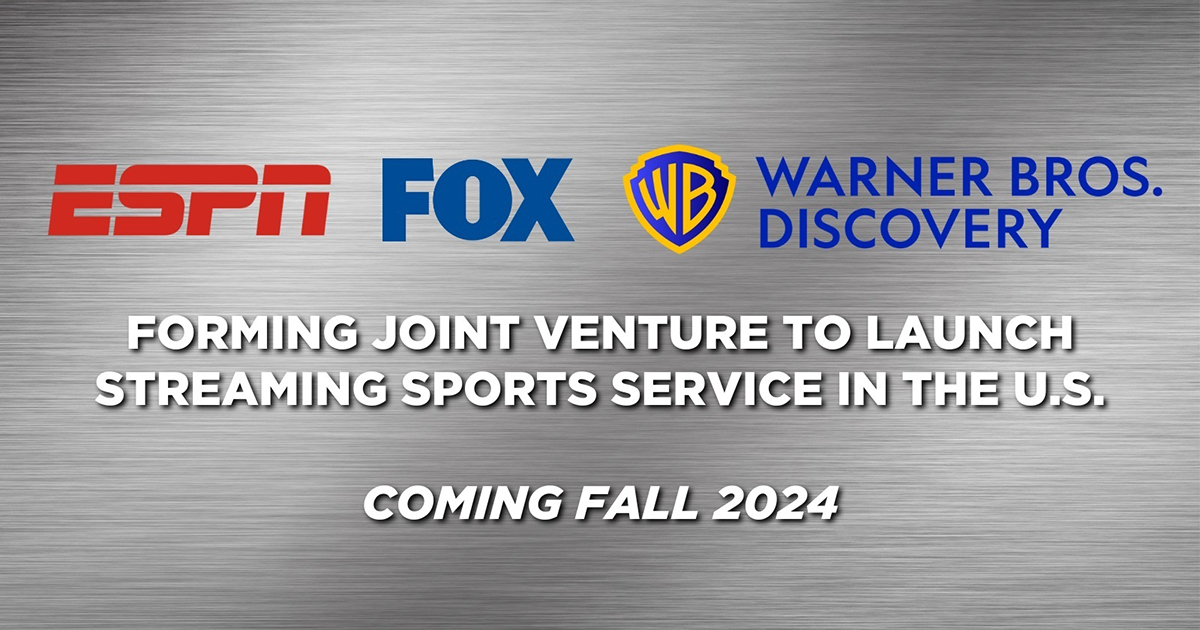
ESPN, Fox, and Warner Bros. Discovery announced plans to launch a joint sports streaming service this fall in the US in a new standalone app, bringing together sports linear networks and DTC service ESPN+. The platform, which will be owned by a newly formed company with its own leadership team, does not yet have a name or a price. This will not be cheap! I’m “guessing” it will cost $40-$50 a month after a special launch price discount.
Note that it will be missing NFL Sunday Night Football and NFL games from Paramount+. It’s interesting to see WBD included since they have no NFL rights, but I guess this means WBD has won the new rights to the NBA. I question whether there is enough sports content throughout the year to support this service.
The new Joint Venture will not be bidding on sports rights on its own, and this announcement does not impact Disney’s plans to bring on a strategic partner for ESPN or impact ESPN’s planned DTC service. Disney says this new sports streaming service can be bundled with Disney+, Hulu and/or Max. Talk about confusion. You’ll have ESPN+, a new ESPN app, and a new sports streaming service that includes ESPN content. This is getting messy.
The news is interesting, but it is far too early to call it a “game changer.” There is so much we don’t know about the service, internally dubbed “raptor”; until we do, we can’t truly judge the potential impact. Here are my questions:
- Cost of service and bundling options with Disney and WBD’s other DTC services
- WBD has no NFL games. Does their inclusion indicate they may have renewed their deal with the NBA? (I’m speculating)
- We know the NFL is the number one viewed sport in the US, but this won’t have Sunday Night Football, which is on NBC and Peacock, Sunday games on CBS and Paramount, and Thursday Night Football, which is on Amazon.
- Paramount Global has rights to the NFL, NCAA Men’s Basketball, the PGA Tour and soccer’s Champions League.
- Many sports are missing from this new JV, and one has to wonder why Paramount is omitted.
- Who’s tech stack will this be built on? Max is very busy with their service and doing many enhancements, and Disney is already laying the groundwork for their DTC ESPN app. I don’t see Disney being able to take on the engineering work; Max might also be too busy.
- What type of ad formats will be offered? Inserting ads into a live stream is not easy at scale; doing it on a personalized level is challenging, as we saw with the NFL Wild Card game on Peacock, where DAI was not used and the ads were burned in.
- How will user data and usage be shared amongst all three companies?
- There are no regional sports networks in the bundle. Will the newly formed JV try to bring that content to the platform?
- All three companies own an equal share in the new JV, but I’m told revenue will not be split the same way. What is the methodology that determines the revenue split?
- Are there enough sports during the year to keep churn low? Many sports fans like myself only watch one sport. Churn could be high as users come on/off the platform for just one sports league each season.
- Will Max strip out the sports option from their D2C service once this new sports service launches? I assume not, but I wonder since they recently postponed charging users for the B/R (Bleacher Report) Sports Add-on.
- Do any of these companies in the JV truly understand what the sports viewership crossover is from one sport to another? Or are they guessing a “sports fan” wants to watch all sports?
- Will independent networks be added over time?
- This does not change the fact that Disney is still looking for a strategic partner for ESPN and plans to offer a stand-alone ESPN streaming app. But does this news change the type of strategic partner or investor they want?
On the company’s earnings call, FOX’s CEO says the new sports streaming service does not plan to add more content partners, saying it’s “not something that we’re considering at this stage.” When asked again, he said they were “not contemplating adding partners to it” and that the 14 linear networks this service offers “gives people a tremendous amount of content.” I’m hearing Paramount, and others were not asked to join because adding a fourth content partner would have made the service more expensive than they think consumers would be willing to pay. CEO says he has “seen some of the prototypes” for the new JV sports streaming service but gave out no other details.
Multiple news outlets report that sports leagues weren’t informed of the talks to create the new sports-streaming platform. Even if you own the rights to the content, you still want the leagues backing this and making them feel like they are a part of it. Lots of questions.

